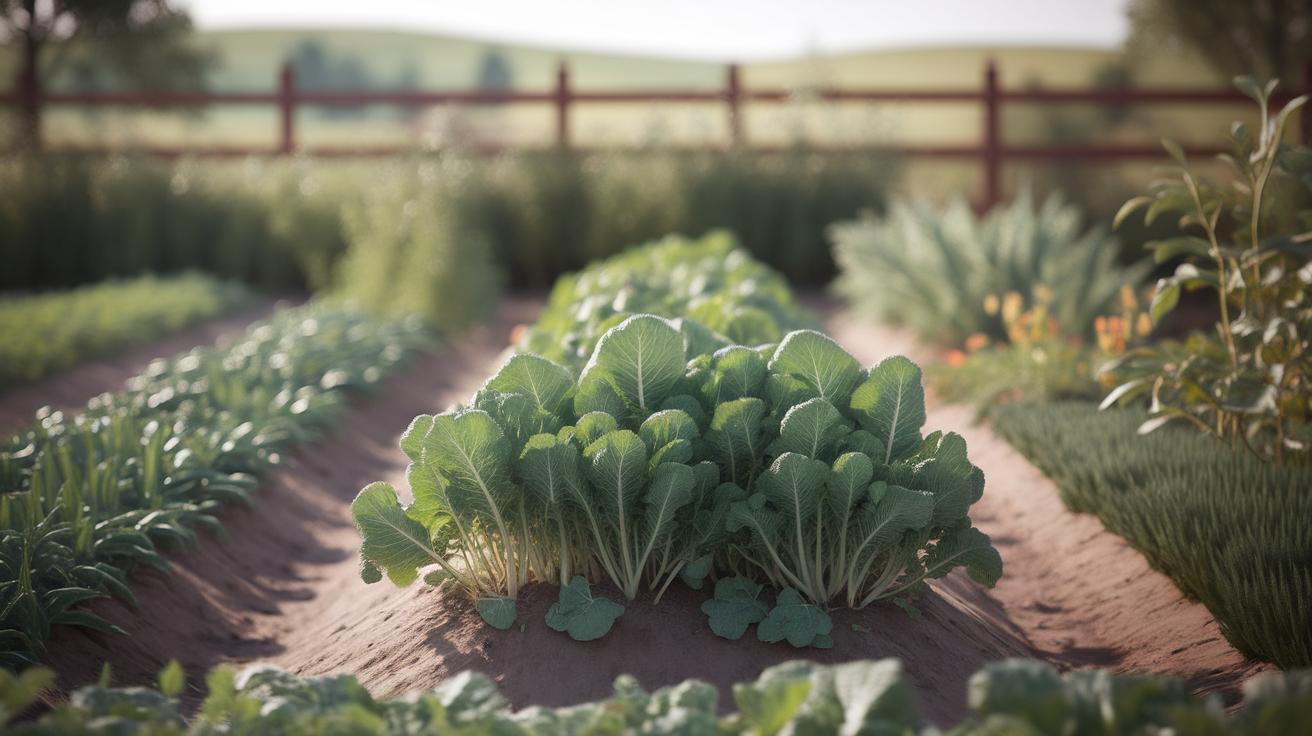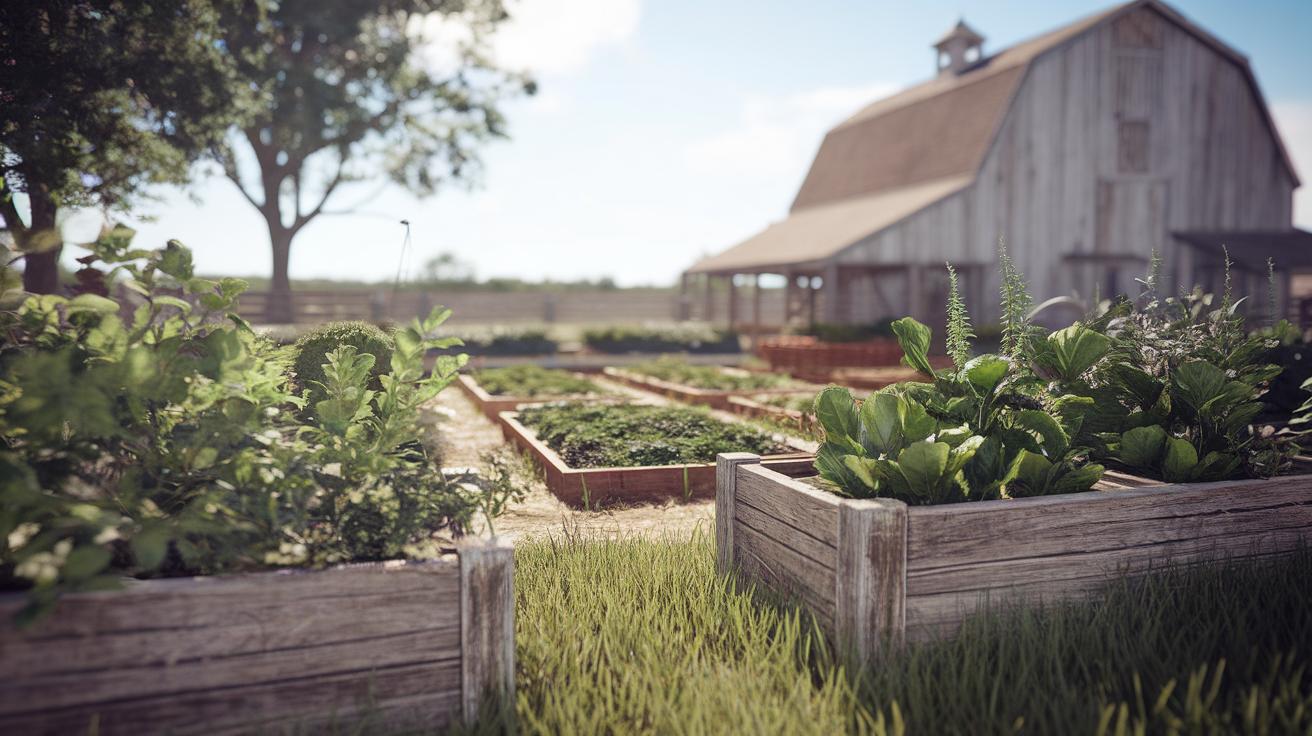Introduction
Gardening is an art that merges creativity with practicality, especially when it comes to space management. Espalier fruit trees offer an exquisite solution for those looking to cultivate fruits in limited areas. This age-old technique entails training trees against walls, fences, or trellises, enabling gardeners to create stunning visual displays while enhancing fruit production. The method not only makes a bold aesthetic statement but also optimizes sunlight exposure, facilitating a longer growing season for the fruits. By embracing espaliers, gardeners can transform even the smallest garden into a lush, productive oasis.
In a world where urban living often constrains gardening opportunities, the practice of espaliers is gaining traction. It allows for the cultivation of various fruit trees without sacrificing valuable garden real estate. This article will explore the history, techniques, and benefits of espalier fruit trees, guiding you through the essentials needed to incorporate this elegant practice into your own garden. A well-planned espalier can not only produce delectable fruits but also serve as a decorative focal point, merging functionality with beauty.
The Art of Espalier Explore the History and Evolution of Espalier as a Gardening Technique
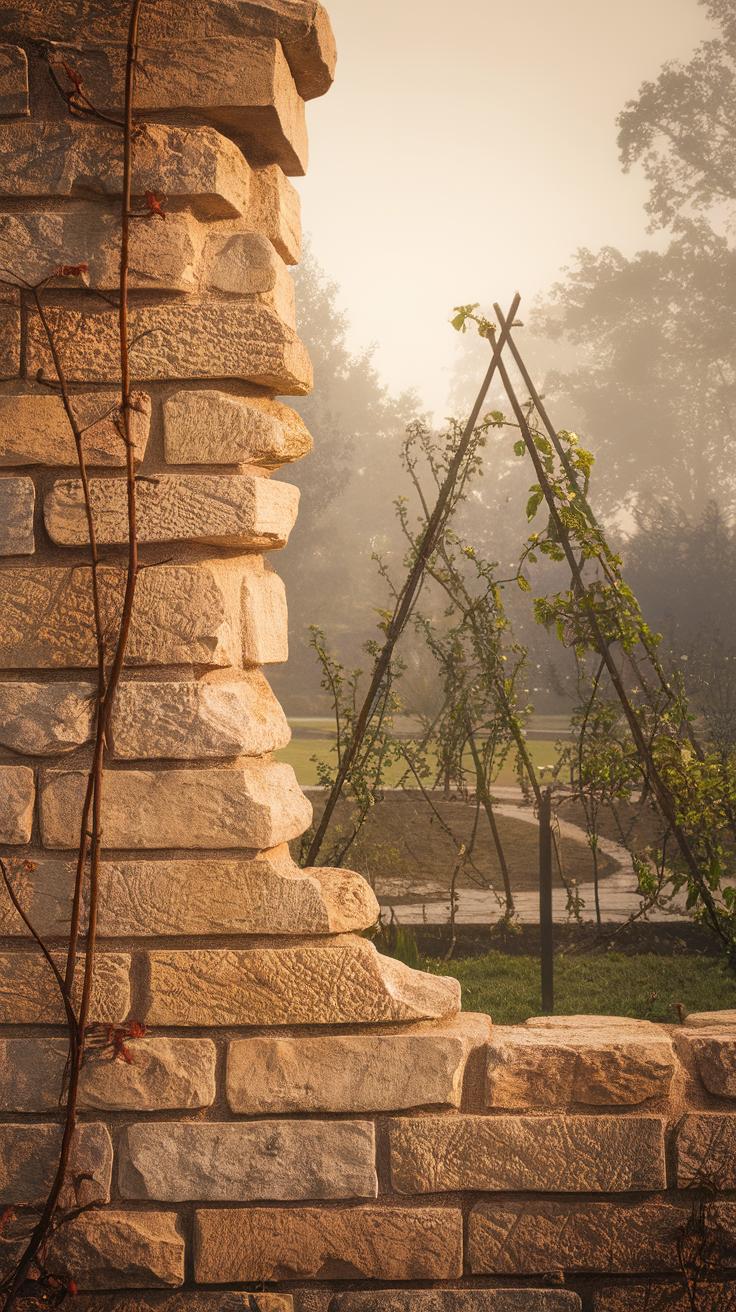
Origins and Transformation of Espalier Techniques
Espalier, a technique that dates back to ancient civilizations, originated in the Mediterranean regions where fruit trees were trained against walls for both beauty and practicality. Initially developed by Romans and later embraced by medieval European gardeners, this artistic approach allowed for optimal sunlight exposure and reduced space usage. Through the centuries, espalier evolved as a distinctive element in formal gardens, particularly during the Renaissance, gaining popularity among aristocrats who appreciated both utility and aesthetics.
In the modern era, as urban gardening became prominent, the relevance of espalier flourished once again. Homeowners in limited spaces found this technique ideal for incorporating fruit trees into their gardens without sacrificing style. Today, growers creatively utilize espalier methods to create living art forms while enjoying the benefits of homegrown fruit.
Benefits of Espalier Fruit Trees
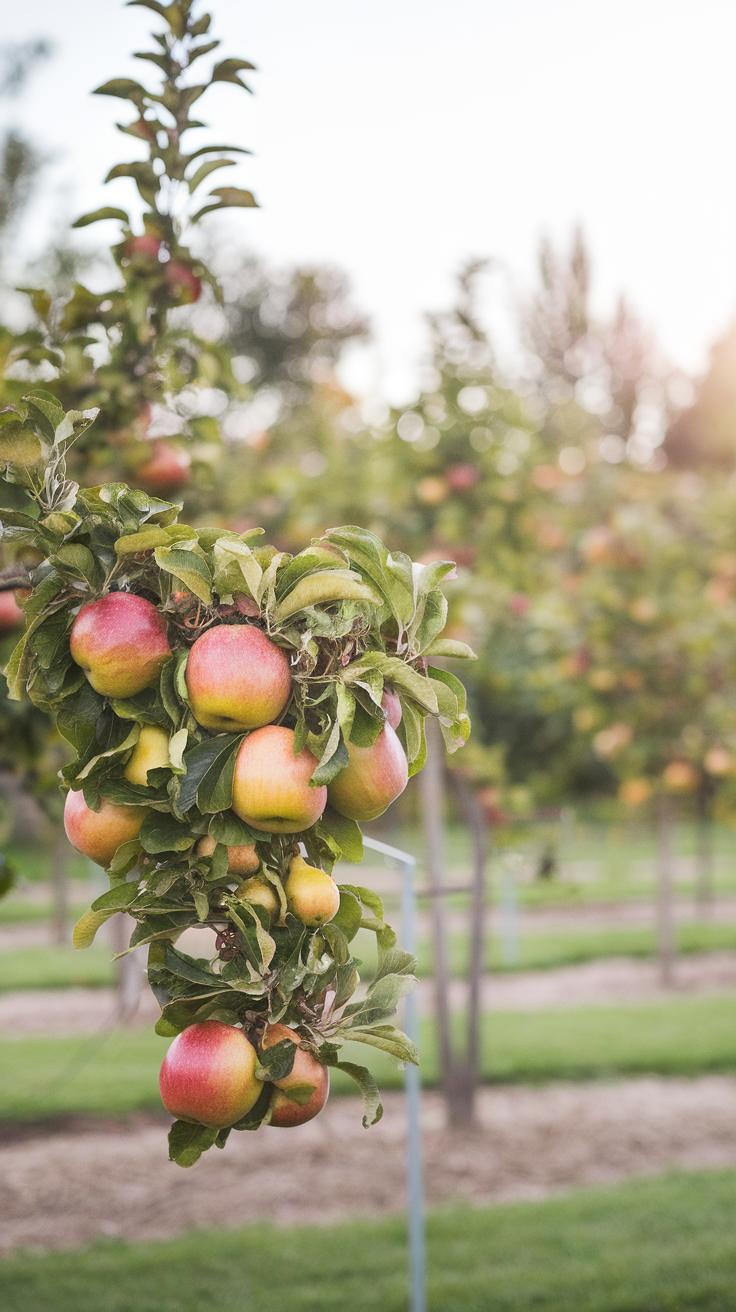
Space Conservation and Enhanced Productivity
Espalier fruit trees offer a unique solution to space constraints in gardens, particularly in urban settings. By training trees along walls or trellises, homeowners can effectively utilize vertical space, transforming otherwise unused areas into productive garden spots. This method allows for a higher density of trees without overcrowding, increasing the overall fruit yield per square foot. The strategic arrangement of branches can promote better air circulation and sunlight exposure, key factors in enhancing fruit production.
Aesthetic Appeal and Unique Design
The visual elegance of espalier fruit trees cannot be overstated. These artistically arranged plants provide character to any garden, serving as living art pieces that change with the seasons. Their geometric patterns and unique shapes can be used as focal points or privacy screens, adding architectural interest to outdoor spaces. Beyond beauty, the organized structure of espalier trees simplifies maintenance, making it easier to prune, harvest, and monitor for pests. This combination of aesthetics and practicality makes them a favored choice for gardeners looking to optimize both space and style.
Choosing the Right Fruit Trees Identify the Best Types for Espalier Training
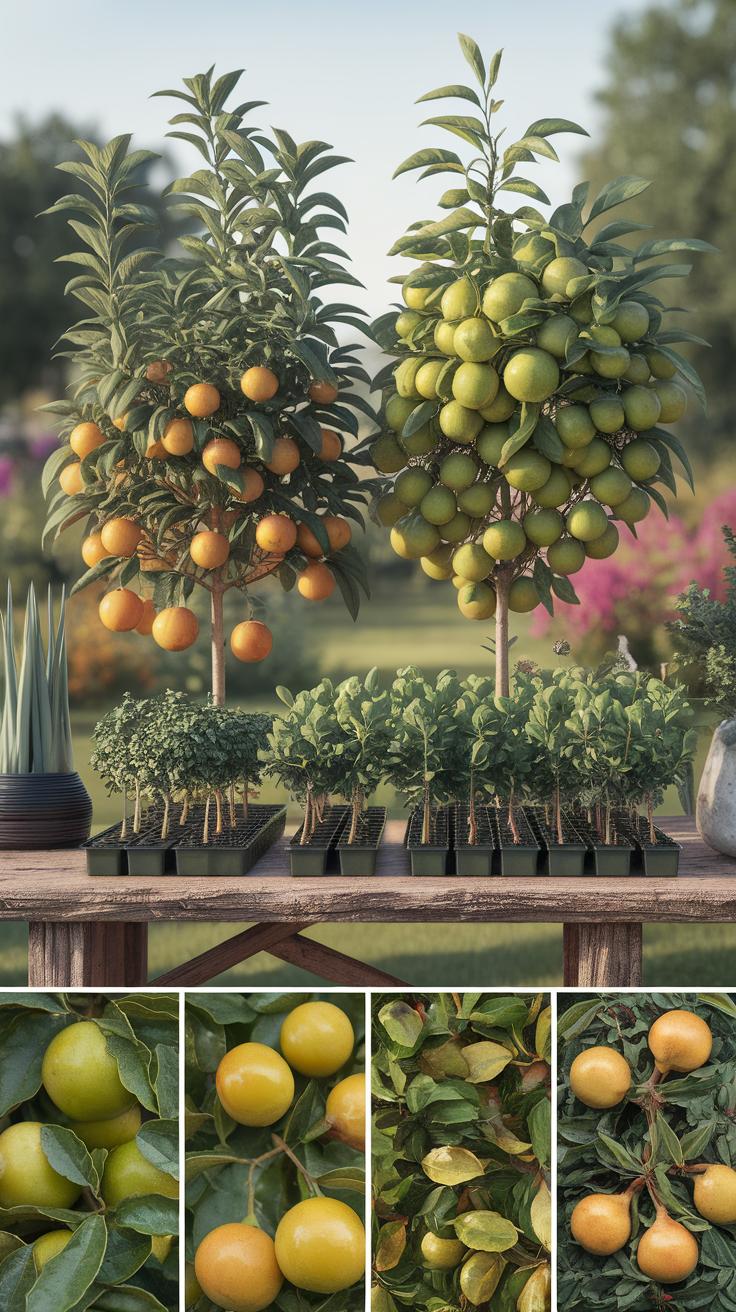
Selecting Suitable Fruit Varieties
When contemplating the ideal fruit trees for espalier training, it’s important to consider both the tree’s characteristics and the climate of your region. Apples and pears are often recommended due to their adaptability and innate structure, which allows them to thrive when trained along a trellis or wall. Stone fruits such as cherries and plums can also be suitable, but they may require more careful attention to pruning and disease management.
Consider warmer climates where citrus trees like lemons and oranges may flourish, providing an aromatic and visually appealing backdrop. In contrast, if you live in a cooler area, look for hardy varieties that tolerate frost, such as certain apple or peach cultivars. Understanding your local climate will help ensure that your espalier fruit trees not only survive but also produce a bountiful harvest.
Essential Tools for Espalier Implementing Technique in Space Saving Gardens
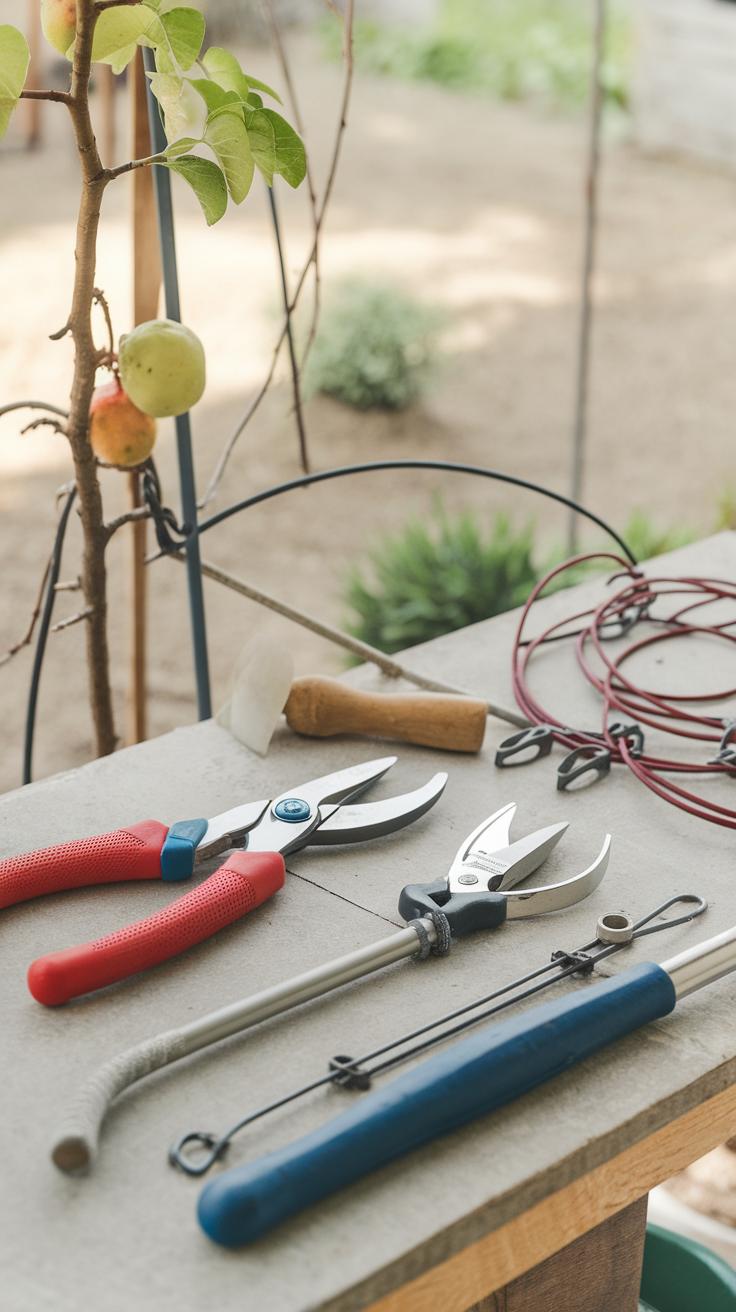
Necessary Tools for Success
Successfully implementing the espalier technique requires a combination of basic gardening tools and specialized supplies. A sturdy pair of pruning shears is crucial for shaping and maintaining the branches of your fruit trees. A hand saw may also be helpful for more significant cuts, ensuring clean and healthy wounds that promote growth.
For training the trees, hefty stakes or a trellis system serves as an essential support structure, guiding growth and maintaining form. Using soft ties or flexible wire can help attach the branches securely without causing damage. A measuring tape is invaluable for ensuring even spacing and alignment of the branches, allowing for an attractive final layout. Lastly, gardening gloves offer protection while working with thorns or rough bark. Together, these tools create a solid foundation for successful espalier fruit gardens, enhancing both the aesthetics and productivity of your space.
Espalier Techniques and Methods for SpaceSaving Gardens
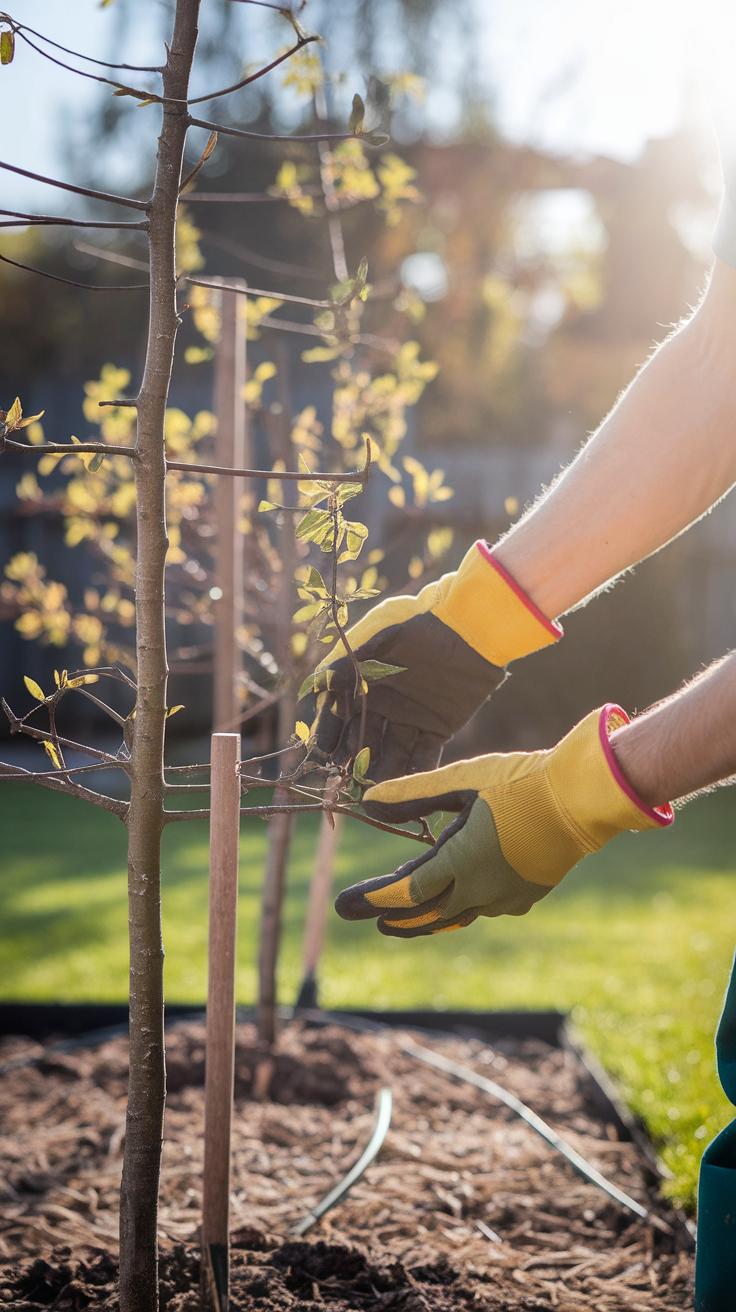
Steps to Mastering Espalier Techniques
Training fruit trees as espaliers requires a systematic approach, using various methods to achieve an elegant and productive design. Begin by selecting a suitable tree species, preferably favorites like apple or pear. Once chosen, construct a framework using sturdy materials such as wire, trellis, or posts. Install this framework securely against a wall or fence, ensuring it offers ample support for the tree’s growth.
The key technique involves pruning and tying branches to guide their growth in a two-dimensional plane. Start by selecting the main trunk and identifying lateral branches. Cut back the primary shoots to encourage side growth, and fasten these lateral branches to the framework using soft ties. Regularly monitor growth, making adjustments as necessary to maintain the desired shape, promoting air circulation and sun exposure throughout the plant.
Advanced Techniques for Espalier Success
For those seeking intricate designs, consider the fan or horizontal methods. In the fan technique, branches radiate from a central trunk, creating a visually striking pattern. Conversely, the horizontal method involves positioning branches along the horizontal lines of the framework, maximizing fruit production while maintaining aesthetic appeal. Whichever technique is chosen, consistency in pruning and training is essential for encouraging a healthy, harmonious espalier formation. Regular maintenance not only enhances the visual charm but also ensures a bountiful harvest.
Creating Espalier Designs Guide to Elegant Espalier Fruit Trees for Space Saving Gardens
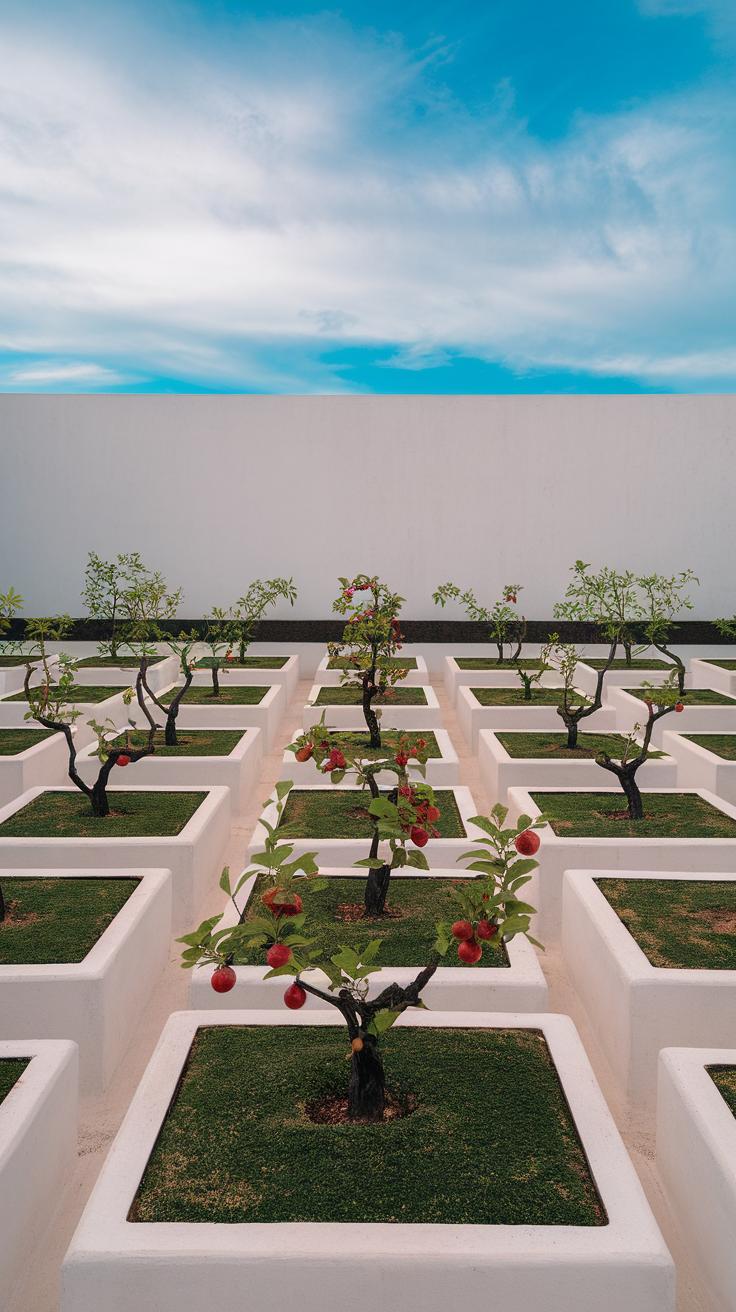
Designing Your Espalier Arrangement
Designing an espalier fruit tree arrangement is both an art and a science, blending aesthetics with practicality. Start by choosing a suitable wall or trellis to support your plants, ensuring it receives ample sunlight for optimal growth. Focus on the type of fruit trees that thrive in your climate and consider their mature size when planning the layout.
Consider geometric shapes, such as formal squares and triangles, to enhance visual appeal while maximizing fruit production. The spacing between branches is crucial; allow enough room for air circulation and light penetration, which promotes healthy growth. Use a combination of vertical and horizontal training to create intricate designs while ensuring each branch has access to sunlight.
Incorporating Creativity and Functionality
Bring creativity into your design by incorporating different heights and layering your trees, which adds depth and dimension to your garden. Utilizing various species can create a stunning tapestry of colors and textures throughout the seasons. Remember, function is as important as form; ensure that your espalier trees yield fruit in manageable quantities for your needs.
Record your design ideas on paper, allowing for flexibility as you bring your vision to life. Regular maintenance will be crucial in preserving the artistic integrity and productivity of your espalier arrangement. By marrying creativity with utility, the result will be a visually stunning and fruitful garden space that reflects your personal style.
Challenges in Espalier Gardening Common Pitfalls Gardeners May Face
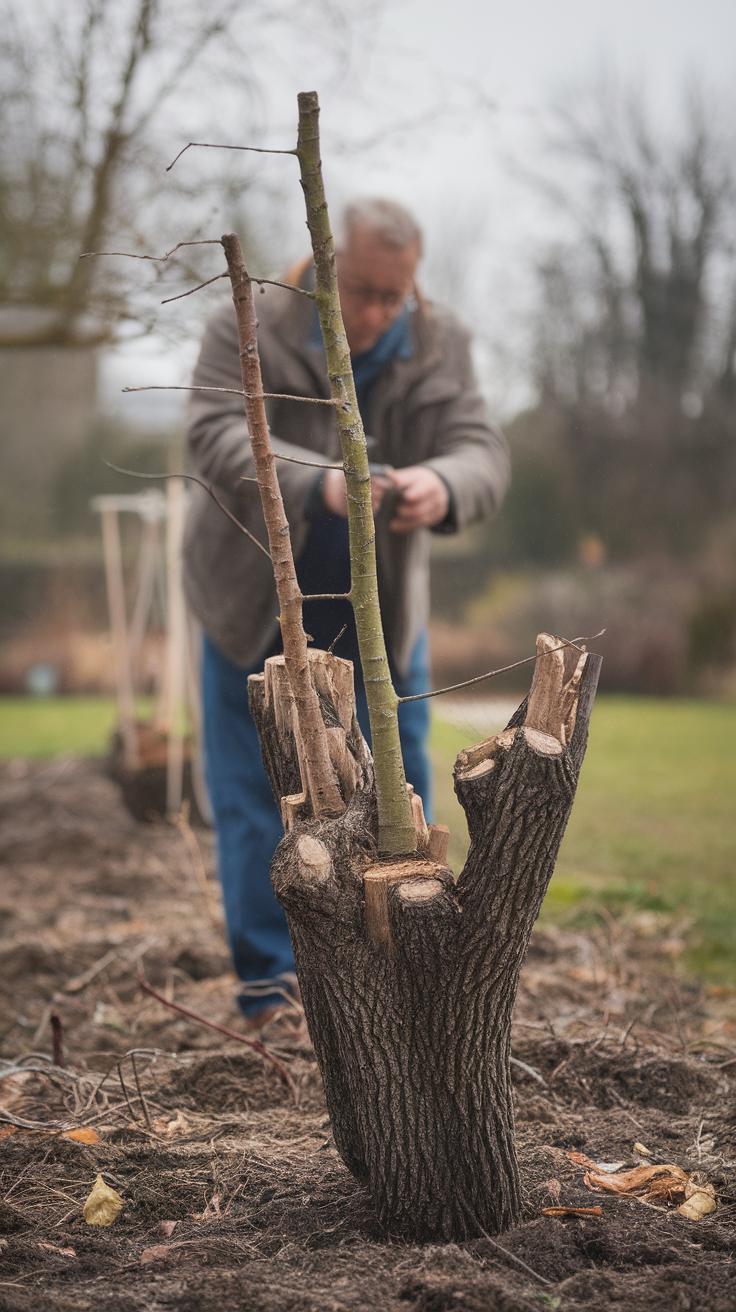
Navigating the Complexities of Espalier Techniques
Implementing espalier techniques can present several challenges for even the most seasoned gardeners. One notable difficulty is selecting the right fruit tree species that will thrive within a constrained space while also fulfilling aesthetic goals. Varieties such as apples or pears often adapt well, but they require specific pruning and training techniques to develop properly.
Another common pitfall is maintaining consistent vertical growth. The necessary framework to support the branches must be securely installed, which can sometimes be an overlooked aspect. Without proper stakes or wires, the desired shape may not hold, leading to an unbalanced appearance. Furthermore, exposure to sunlight is crucial. Trees trained in an incorrect position may suffer from reduced fruit yield due to inadequate light penetration.
Combatting Common Missteps in Espalier Practices
Over-pruning is a frequent mistake that can stymie the growth and health of espalier trees. While pruning is essential for shaping and promoting lateral growth, excessive removal of foliage may hinder fruit production. Implementing a balanced pruning schedule is vital for ongoing health. Additionally, gardeners may not account for the space required for root systems. Insufficient planning can lead to root crowding, impacting the tree’s vitality.
Ensuring sufficient irrigation and nutrition can be overlooked in containers or small spaces. A well-maintained nutrient regimen is vital for keeping trees healthy and fruitful. By understanding these challenges and proactively addressing them, gardeners can successfully navigate the intricacies of espalier gardening.
Harvesting and Enjoying Your Fruits
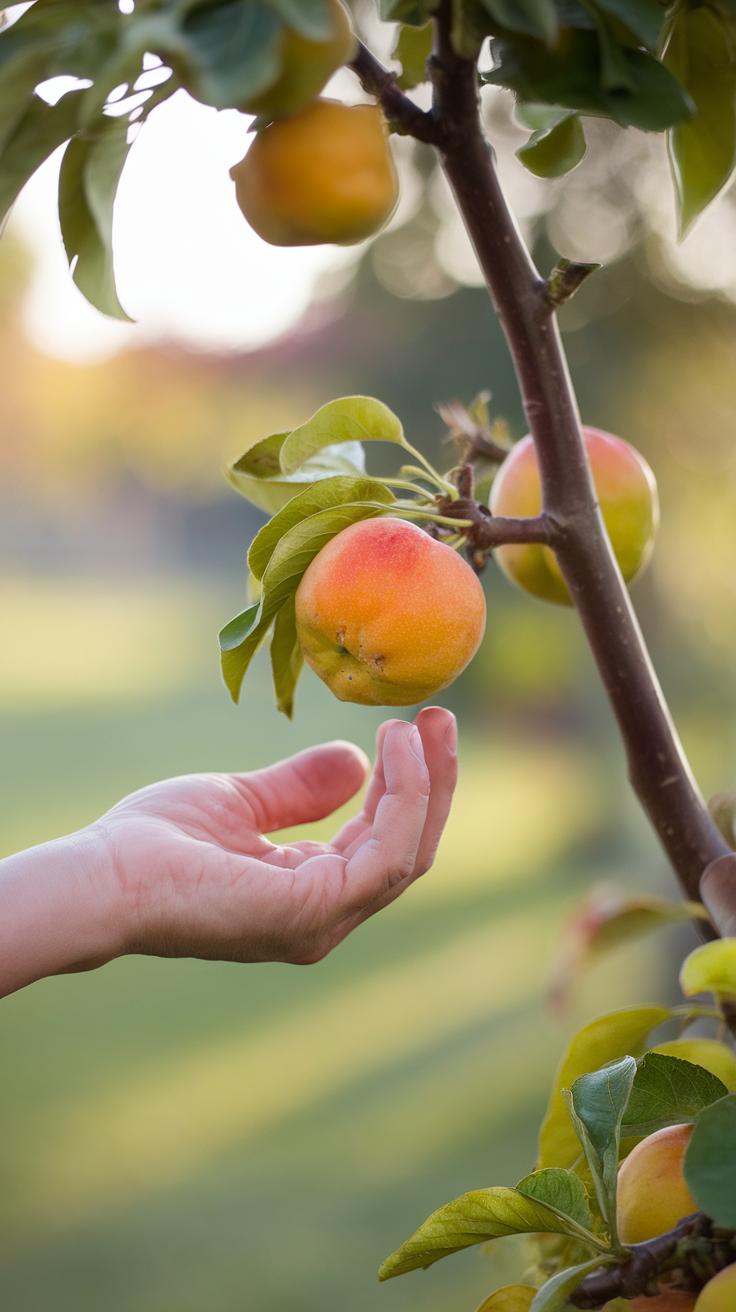
Maximizing Quality and Satisfaction Through Espalier
Successfully harvesting fruits from your espalier trees brings a profound sense of accomplishment. Timing plays a significant role; fruits should be picked at their peak ripeness for optimal flavor and texture. Gentle handling is essential to avoid bruising, so use pruners for precise cuts, ensuring that you preserve the integrity of the fruit as well as the tree. Learning to recognize visual cues and changes in color can guide you to the perfect harvest.
Once harvested, the enjoyment continues. Freshly picked fruits can be savored as is or incorporated into various culinary delights, enhancing meals with their vibrant flavors. Sharing your harvest can also deepen connections with family and friends, turning fruit gathering into a cherished tradition. The experience of nurturing these espalier trees and the joy of harvesting their fruits culminate in a rewarding cycle that enriches your gardening journey.
Sustainable Espalier Gardening Practices Environmental Benefits
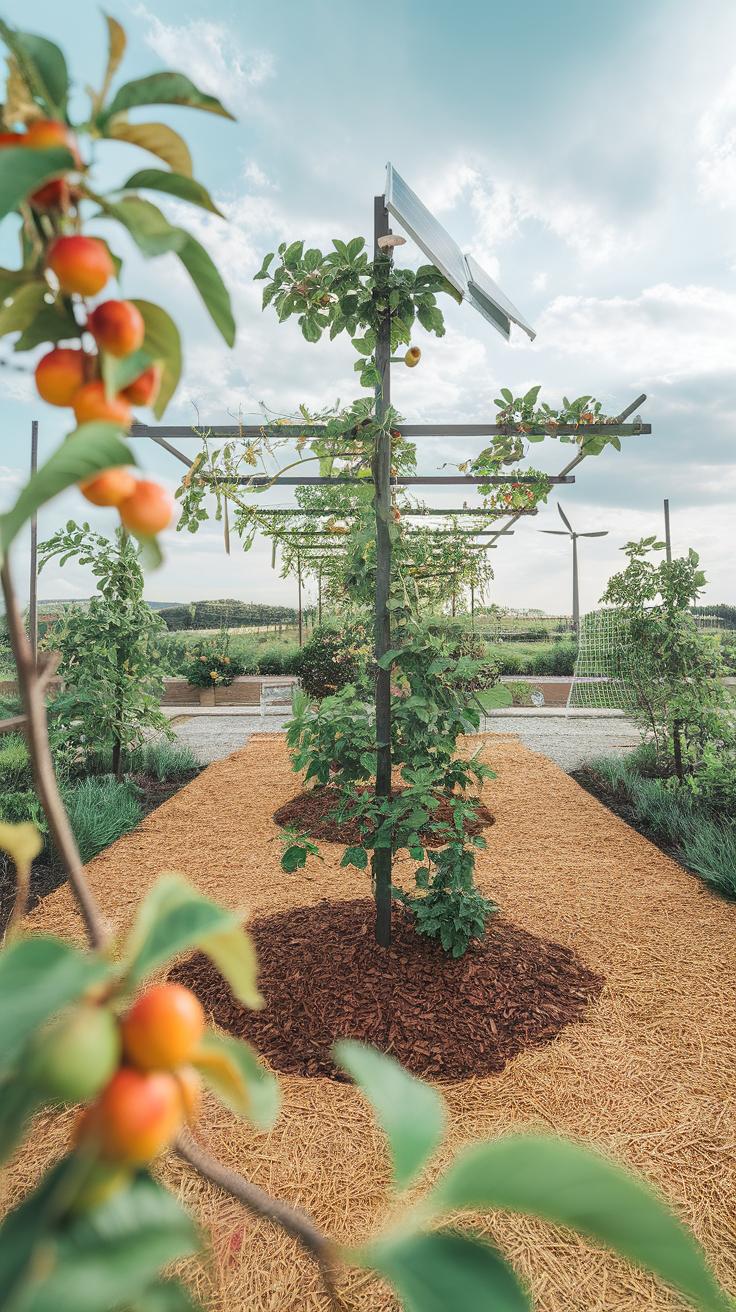
Integrating Espalier into Sustainable Gardening
Espalier gardening aligns beautifully with sustainable gardening practices, allowing gardeners to cultivate food in a manner that is both space-efficient and environmentally responsible. Through controlled growth and pruning, espalier fruit trees reduce the need for chemical inputs, as healthier plants are less susceptible to pests and diseases. By positioning these trees close together, gardeners can create a microclimate that fosters biodiversity, encouraging beneficial insects and pollinators to thrive.
Environmental Benefits of Espalier
Utilizing espalier techniques contributes to better resource management by maximizing sunlight exposure and minimizing water usage. As trees are trained flat against walls or trellises, airflow is improved, reducing humidity levels that can harbor fungal diseases. Moreover, this method can also mitigate soil erosion, as the root systems of these trees help to stabilize the ground. Overall, the sustainable practices inherent in espalier gardening not only enhance the garden’s aesthetic appeal but also promote ecological health.
Conclusions
Espalier fruit trees are a transformative approach that combines artistic design with practical gardening. They present an elegant solution to the common challenge of limited garden space while providing delicious fruits. The versatility of this method allows for a range of designs and species, ensuring that everyone can find a suitable option for their gardening style. By adopting this technique, you are not just optimizing your space; you are also enriching your gardening experience.
As the gardening world continues to evolve, espaliers stand out as an enduring practice that resonates with both aesthetics and functionality. Whether you are a novice gardener or a seasoned horticulturist, the incorporation of espalier fruit trees into your garden promises not only beauty but also bounty. Embrace this technique to elevate your gardening and enjoy a fruitful harvest that enhances both your space and your life.





